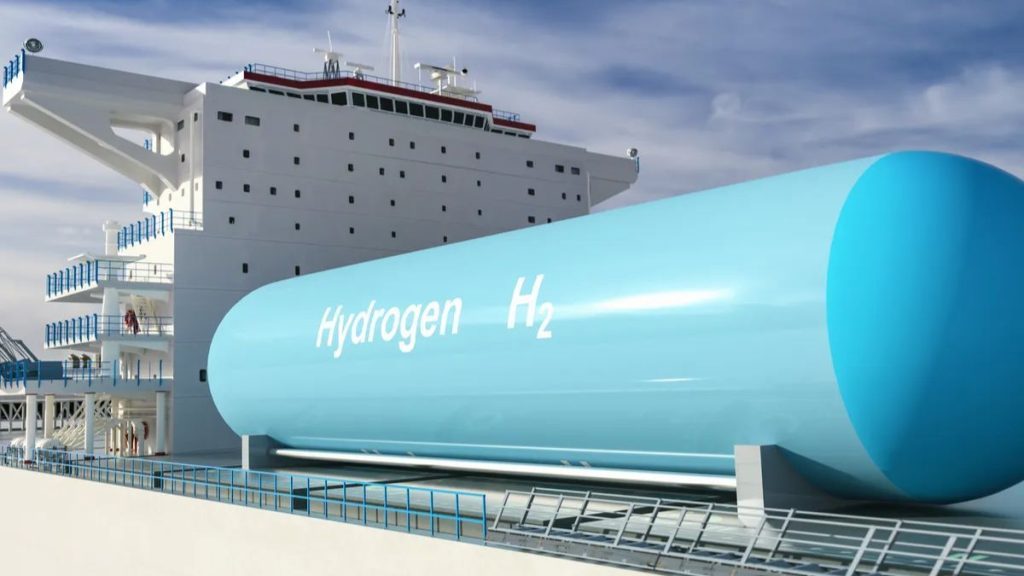Setting the Course for Safe and Efficient Hydrogen Shipping: ClassNK's Guidelines for Liquefied Hydrogen Carriers
Key Ideas
- ClassNK's Edition 3.0 guidelines for liquefied hydrogen carriers focus on safety and efficiency in operations, incorporating the latest technology and regulatory updates.
- The guidelines address the unique safety challenges posed by liquefied hydrogen's characteristics, providing technical requirements for design, construction, and operation.
- Developed in collaboration with industry stakeholders, the guidelines align with IMO safety codes and global environmental standards, emphasizing sustainability and risk mitigation.
- ClassNK's guidelines are crucial for supporting the growth of hydrogen infrastructure, promoting innovation and confidence in hydrogen shipping for a cleaner energy future.
ClassNK, a prominent classification society, has unveiled the third edition of its guidelines tailored for liquefied hydrogen carriers to ensure safe and efficient operations in the rapidly expanding hydrogen sector. These updated guidelines, known as Edition 3.0, integrate the latest technological advancements and regulatory prerequisites for vessels involved in the transportation of liquefied hydrogen. As the global demand for clean energy sources rises, hydrogen is gaining prominence as a pivotal player in the energy transition, with liquefied hydrogen offering substantial potential for large-scale energy storage and transportation. Nonetheless, its unique safety challenges stemming from an extremely low boiling point and high volatility necessitate specific attention. To counter these challenges, ClassNK's latest guidelines comprehensively cover technical requirements concerning material selection, cargo handling systems, and emergency response procedures. The guidelines were crafted in close partnership with industry players and regulatory entities, embodying the most current insights and best practices in hydrogen transportation while adhering to the safety codes of the International Maritime Organization (IMO) and global environmental standards, underscoring sustainability and risk mitigation. The timing of ClassNK's updated guidelines is critical as various nations and corporations intensify their investments in hydrogen infrastructure. These guidelines are anticipated to foster the evolution of new liquefied hydrogen carrier designs, bolstering the secure expansion of hydrogen as a viable fuel source within global energy markets. By establishing a sturdy framework for the industry, ClassNK strives to ensure that liquefied hydrogen carriers adhere to the utmost safety and efficiency standards, reinforcing its position as a premier authority in maritime safety and environmental sustainability. This launch is projected to stimulate innovation and instill confidence in hydrogen shipping, a pivotal element of the clean energy revolution.
Topics
Asia
Sustainability
Energy Transition
Technology Advancements
Maritime Industry
Safety Standards
Regulatory Compliance
Latest News
